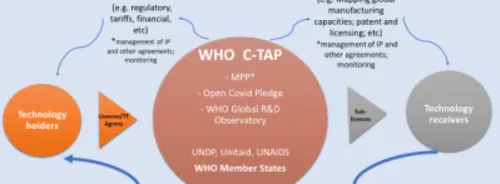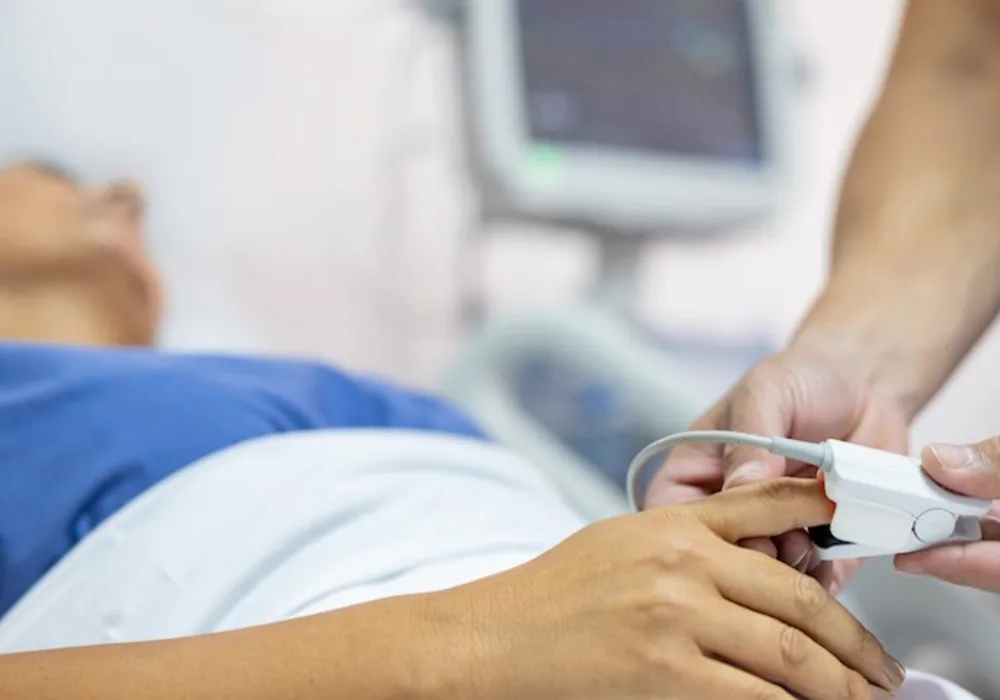Understanding respiratory drive is crucial in managing critically ill patients. Recent data suggest high and low respiratory drive can negatively impact patient outcomes. However, “respiratory drive” can be ambiguous without understanding its determinants and underlying pathophysiology.
In critically ill patients, ventilatory demands reflected by respiratory centre output per minute (RCO/min) may deviate from actual minute ventilation. Failure to recognise this dissociation could hinder the identification and management of high or low respiratory drive.
A new review analyses aspects of respiratory drive to facilitate understanding the causes of high and low respiratory drive in spontaneously breathing or mechanically ventilated critically ill patients.
High or low respiratory drive in critically ill patients results from alterations in the brain curve, ventilation curve, and metabolic hyperbola. Hypoxaemia, metabolic acidosis, and lung/chest wall receptor stimulations shift the brain curve leftwards and upwards, while hyperoxaemia, metabolic alkalosis, and sleep or sedation shift it rightwards and downwards. In spontaneously breathing critically ill patients, impaired inspiratory flow-generation pathways shift the ventilation curve downwards and to the right, deviating from the brain curve.
Mechanical ventilation can shift the ventilation curve left or right depending on the level of assistance provided, impacting respiratory drive. Changes in metabolic rate, influenced by factors such as sepsis and body temperature, alter the metabolic hyperbola, affecting PaCO2 levels and respiratory drive.
In a healthy individual, the inspiratory flow-generation pathway is intact, resulting in identical brain and ventilation curves over a wide range of PaCO2 levels. However, the inspiratory flow-generation pathway is compromised in a scenario such as COVID-19 pneumonia with ARDS.
In unsupported spontaneous breathing, the compromised inspiratory flow-generation pathway results in a lower tidal volume for a given respiratory drive. The brain curve shifts to the left due to increased respiratory centres sensitivity to CO2, while the metabolic hyperbola shifts upward due to increased V’CO2 and VD/VT. This creates a considerable deviation between the brain and ventilation curves. Despite actual hypocapnia, it’s interpreted by the respiratory centres as hypercapnia due to the altered brain curve. This discrepancy leads to increased respiratory drive, manifesting as dyspnea.
The interaction between these curves helps explain the pathophysiology of dyspnoea in patients with conditions like COVID-19 pneumonia and ARDS. This understanding is crucial for effectively managing and treating respiratory distress in critically ill patients.
Estimating respiratory drive in mechanically ventilated patients involves quantifying various indices of motor output. While this process is relatively straightforward in ventilated patients, it’s essential to recognise that diseases affecting the inspiratory flow-generation pathway can lead to underestimation of respiratory drive.
The respiratory drive can be heightened by factors impairing the inspiratory flow-generation pathway, increasing brain CO2 sensitivity, or shifting the metabolic hyperbola upward. Conversely, it can be lowered by interventions that reduce brain CO2 sensitivity, restore pathway integrity, or shift the metabolic hyperbola downward.
Assessing respiratory drive at the bedside involves considering all factors influencing the curves and understanding their interactions through inductive reasoning. This approach facilitates informed decision-making in managing respiratory abnormalities.
Source: Journal of Intensive Care
Image Credit: iStock






